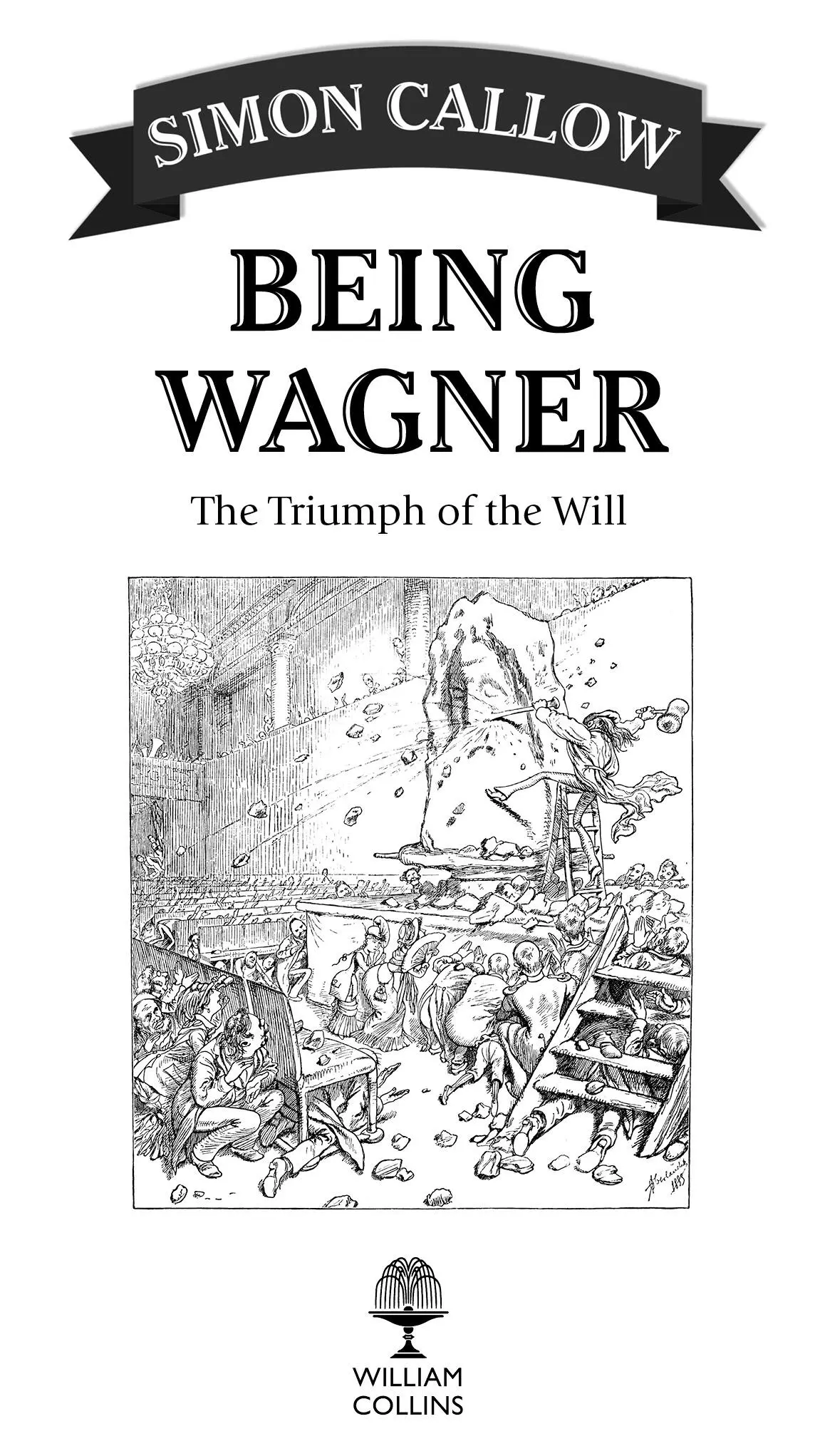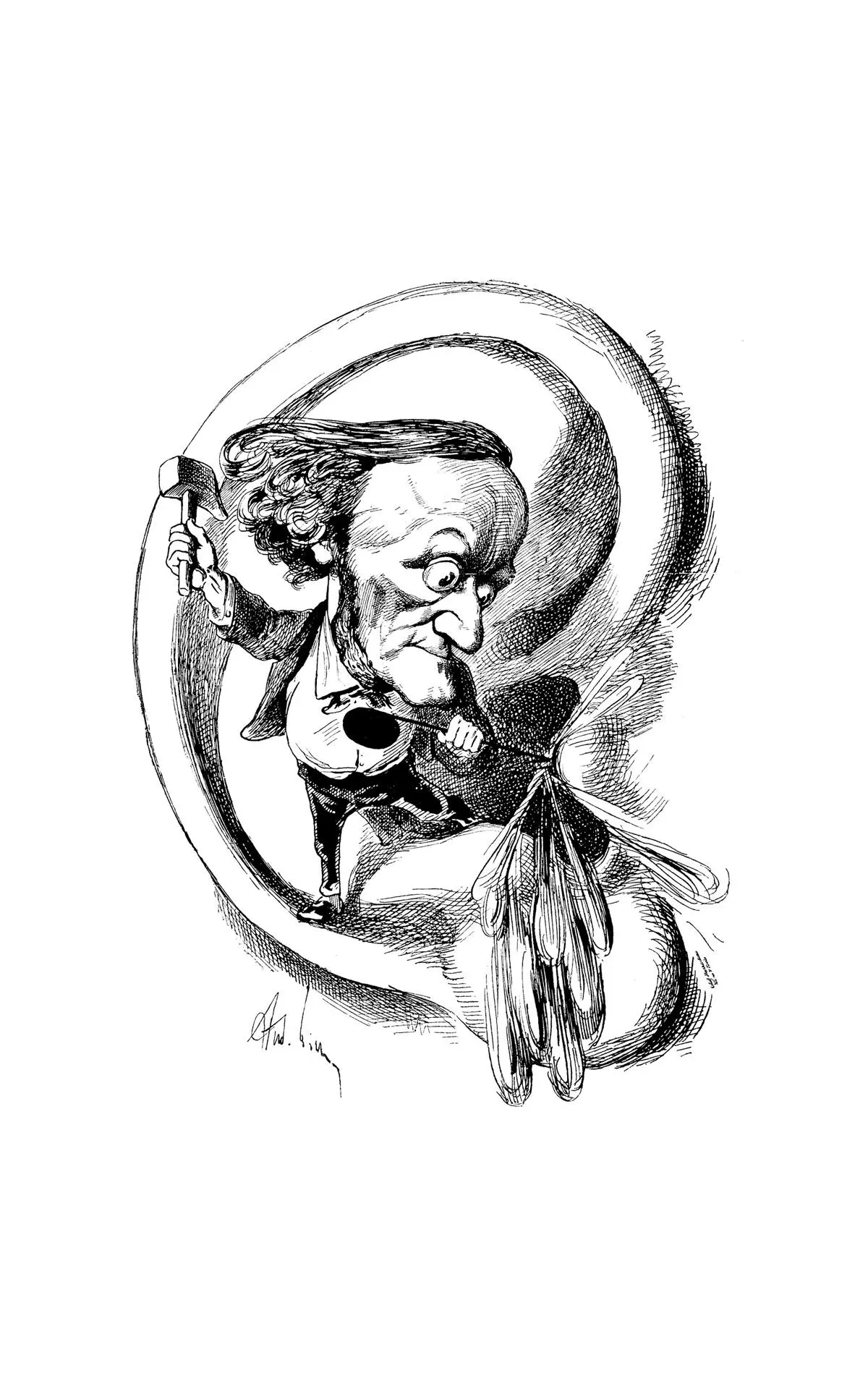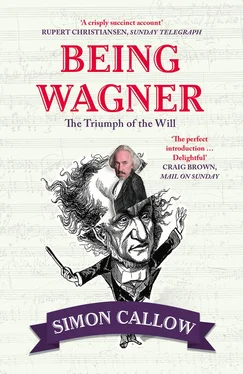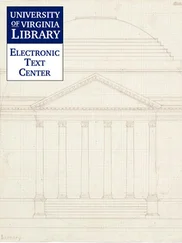
William Collins
An imprint of HarperCollins Publishers
1 London Bridge Street
London SE1 9GF
WilliamCollinsBooks.com
This eBook first published in Great Britain by William Collins in 2017
Copyright © 2017 Simon Callow
Cover photograph of Simon Callow © Richard Pohle
Simon Callow asserts the moral right to be identified as the author of this work
A catalogue record for this book is available from the British Library
While every effort has been made to trace the owners of copyright material reproduced herein, the publishers will mbe glad to rectify any omissions in future editions.
All rights reserved under International and Pan-American Copyright Conventions. By payment of the required fees, you have been granted the nonexclusive, non-transferable right to access and read the text of this e-book on screen. No part of this text may be reproduced, transmitted, downloaded, decompiled, reverse engineered, or stored in or introduced into any information storage retrieval system, in any form or by any means, whether electronic or mechanical, now known or hereinafter invented, without the express written permission of HarperCollins e-books.
Source ISBN: 9780008105716
Ebook edition: January 2017 ISBN: 9780008105709
Version: 2017-12-07
To David Hare,
friend, adviser, beacon.
‘Only those friends, however, who feel an interest in the Man within the Artist, are capable of understanding him.’
Richard Wagner,
A Communication to My Friends , 1851
Cover
Title Page
Copyright
Dedication
Epigraph
Foreword
Vorspiel
1 Young Richard
2 Out in the World
3 Doldrums
4 Triumph
5 The World in Flames
6 Pause for Thought
7 It Begins
8 Suspension
9 Limbo
10 Enter a Swan
11 Towards the Green Hill
12 The Long Day’s Task is Done
Coda
Chronology
Wagner’s Works
Bibliography
List of Illustrations
Acknowledgements
Index
By the Same Author
About the Author
About the Publisher

In the summer of 2012, Kasper Holten, then artistic director of the Royal Opera House in London, asked me to create a show to celebrate the Wagner bicentenary. I threw myself at the vast literature, and emerged astounded at what I had found. I knew his work very well – had been a Wagnerian since early adolescence, knew all about leitmotive and the Tristan chord – but, apart from his notorious anti-Semitism, knew remarkably little about the man, his vast intellectual scope, his rascally sex life, his revolutionary politics, his heroic struggle to create Bayreuth. In particular, I knew nothing about his quite extraordinary personality. I determined to put what I had discovered into the one-man show I was evolving, with the result that the text that I read out on the first day of rehearsals lasted four hours. People came and went, had lunch, returned, and came back to find me still droning on. I couldn’t bear to leave anything out. The moment we started rehearsing, of course, pretty well the whole of that text was jettisoned. With light, images, props and above all with music to evoke the man and his world, I pared it down and down. The first preview still lasted two and a half hours; I cut an hour from it overnight. The show we finally evolved – Inside Wagner’s Head , I called it – gave, I think, a pretty fair impression of the furor he generated, both in himself and in other people.
The play tried to answer the question of what it was about him that creates such violent emotions, even today, two hundred years after his birth. When I was working on it, I bumped into a friend, an eminent, an internationally famous, musician, and told him what I was doing. ‘Why??’ he protested. ‘Dreadful music. Dreadful man.’ This book asks the same question, but in a different way and from another perspective. It offers a sustained though not, of course, comprehensive examination of how this diminutive and often rebarbative man, with only the sketchiest of formal musical training, imposed his work and his view of life on the world. In unflagging pursuit of his goal, he was titanic, demiurgic, super-human – and also frankly, more than a little alarming. No one was ever neutral about him. His personality was so extreme, so unfettered, that he struck many people as teetering on the edge of sanity, both in the way he behaved and in the intemperate demands he made of them. He had, said Liszt: ‘A great and overwhelming nature, a sort of Vesuvius, which, when it is in eruption, scatters sheaves of fire and at the same time bunches of roses and elder’. Volcanic imagery abounds in recollections of him: ‘the little man with the enormous head, long body and short legs,’ wrote the painter Friedrich Pecht, ‘resembled a volcano spewing out fire and sweeping all before him … his true element was the most violent excitement’. Half-admiringly, Liszt described Wagner’s ability to work his way round a room, systematically alienating everyone in it. ‘It is his habit to look down on people from the heights, even on those who are eager to show themselves submissive to him. He decidedly has the style and the ways of a ruler, and he has no consideration for anyone, or at least only the most obvious.’
Many people ran a mile from him. But quite as many were hypnotised by him, eager to catch the bunches of roses and elder that accompanied the lava. However, they approached him closely at their peril. He sometimes had an annihilating effect on those who were drawn to him. ‘I am,’ he remarked to Cosima, ‘energy personified.’ He invited the composer Peter Cornelius, part of his circle of young admirers, to stay with him and write music, but he laid out his terms in advance: ‘Either you accept my invitation and settle yourself immediately for your whole life in the same house with me,’ wrote Wagner, ‘or you disdain me, and expressly abjure all desire to unite yourself with me. In the latter case, I abjure you also, root and branch and never admit you again in any way into my life.’ Cornelius refused Wagner’s generous offer. ‘I should not write a note,’ he told a friend. ‘I should be no more than a piece of spiritual furniture to him.’ It sometimes seems as if Wagner were exaggerating his own ogreishness for comic effect, but if so, the joke was rarely perceived as such, and it often turned nasty. He was quite capable of being amusing, jovial, even, when he was in the mood. He was surprisingly capable of sending himself up. But even on such occasions, he could turn in an instant, suddenly spreading terror where mirth had been before.
This temperamental excess was not a case, as in Peter Shaffer’s presentation of Mozart, of a contradiction between the man and the artist: in Wagner they were one, as he insisted again and again. His temperament and the circumstances of his upbringing gave him access to parts of his psyche that most people – most nice people – put away from themselves. When he wrote music, it was his subconscious, with which he was on such familiar terms, that he sought to express. He went straight to the archetype, and he went in deep. Though his music contains ideas, it deals not just with the ineffable, but with the unspeakable. It unearths what has been buried within us. And some people found it intolerable, right from the moment his true voice as a composer was heard. Critics felt assailed by it, to an uncommon degree. A famous cartoon published in Paris in 1861 when Tannhäuser was first performed there shows a demonic, bug-eyed Wagner climbing inside a huge ear, armed with a hammer and driving a nail through the eardrum, as blood spurts out in all directions. His music was, many critics thought, right from the beginning, in some way unhealthy. Eduard Hanslick dismissed the music of the composer’s highly original spiritual odyssey Lohengrin as ‘mawkish, spineless and often affected: it is like the white magnesium light into which it is not possible to gaze for long without hurting one’s eyes’.
Читать дальше














